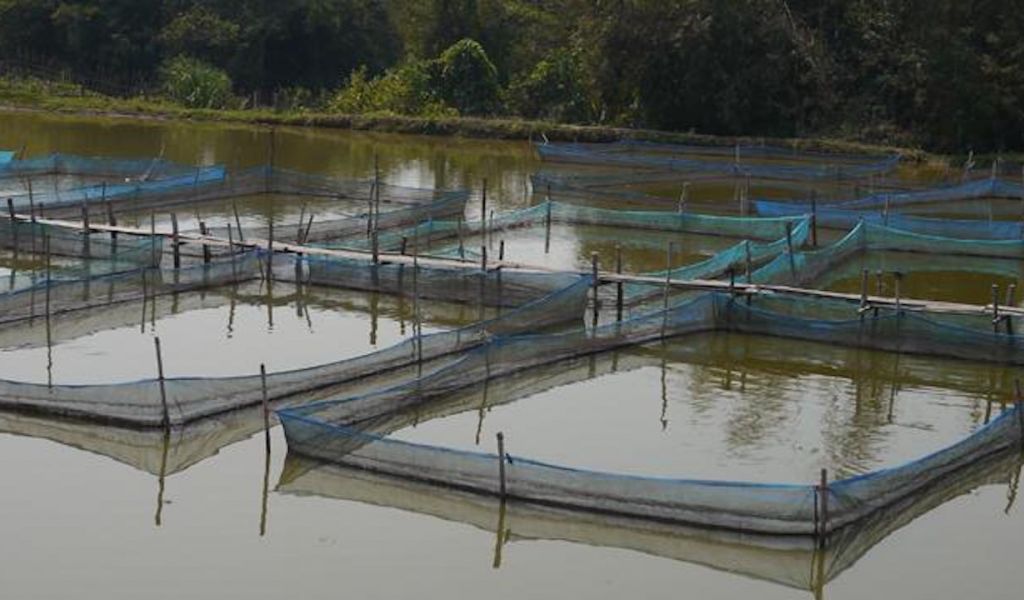Costs of farmed fish exceeds price set by government

To protect consumers and prevent vendors from arbitrarily hiking prices, in May the Vientiane Industry and Commerce Department announced that farmed fish could not be sold for more than 20,000 kip per kg. But the market price has now risen to 23,000-25,000 kip. Consumers are calling on the relevant government bodies to closely monitor the situation.
A vendor at the Natom village market in Xaythany district, Ms Mee, told that at the beginning of this year she bought fish from breeders for 15,000-18,000 kip per kg but this month she paid 20,000 kip. “To make a profit, I have to charge consumers more,” she said. Vendors in some markets are selling fish for 23,000 kip per kg, while others charge 25,000 kip depending on the sale price demanded by fish farmers. The rising price of farmed fish has caused more people to buy pork and other meat. A fish vendor at Nonkhort market in Xaysettha district, Ms Nhay, told that in the past she had been able to sell about 200kg of farmed fish each day but now she could sell only 50-60kg. According to a Vientiane fish farmer, the wholesale price of fish rose during the rainy season. Many fish farms, especially on the Nam Ngum river, were flooded. Farmers lost thousands of fish with most being swept into the river and others dying. Farmers are also suffering from rising costs due to the unfavourable kip-baht exchange rate, which means the cost of fish feed and fingerlings is higher than before.
Large numbers of fish farmers in Vientiane have given up raising fish after being unable to compete with the low market price offered by foreign fish farmers. Fish farming in Laos, particularly tilapia, is concentrated along the Nam Ngum and Mekong rivers. However, local authorities say the price of farmed fish will soon fall when farmers can once again supply sufficient quantities to meet market demand. During the rainy season, the cost of many kinds of food items fluctuates, including rice and vegetables.
Information source: Vientiane Times.
